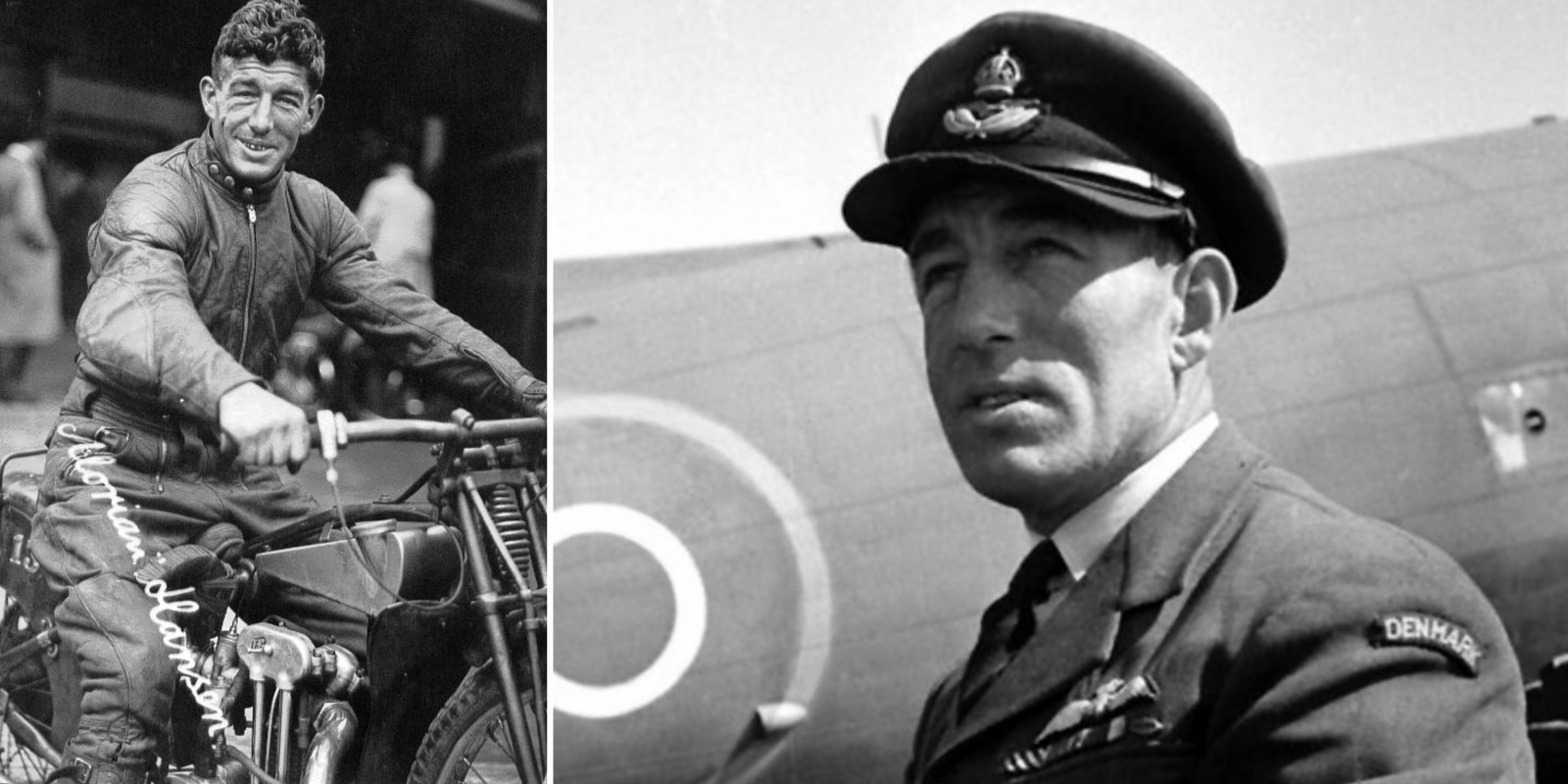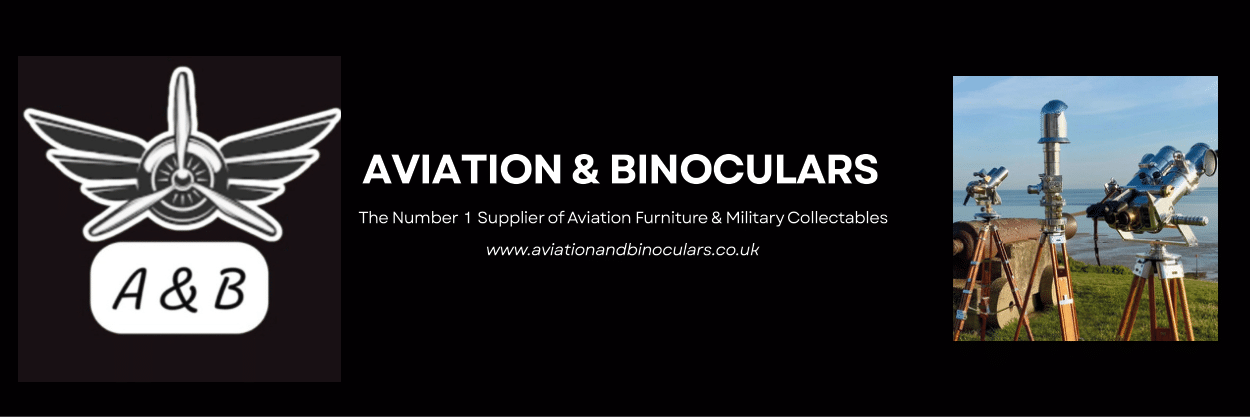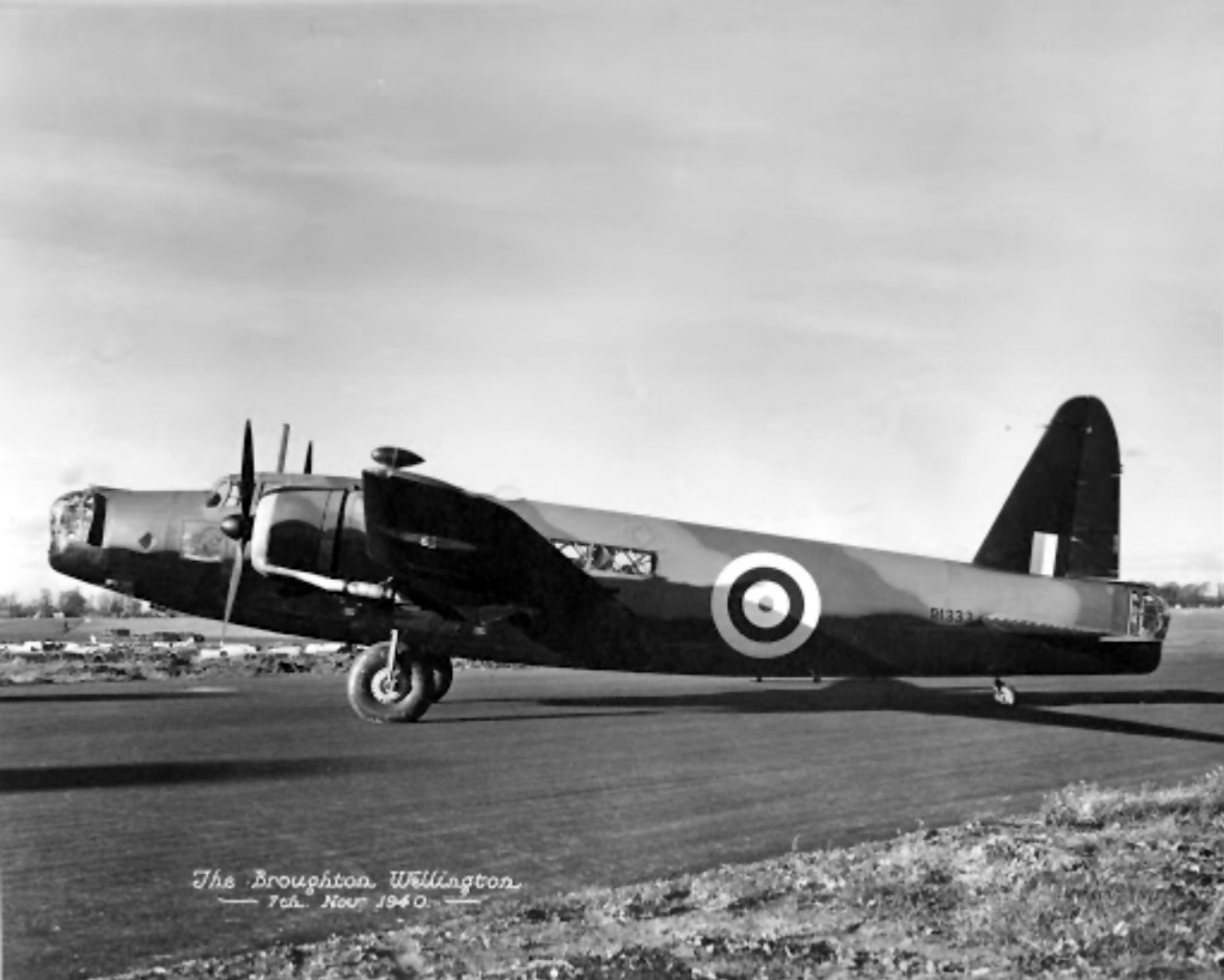Heroism 80 years ago this month
Header image: Vickers Wellington R1333 – ‘The Broughton Wellington’ – photographed on its roll-out, on 7th November 1940, before the 99 Sqn code letters ‘LF-B’ were added. It crashed six weeks later.
On 18th December 1940, just a week before Christmas, RAF Bomber Command dispatched several Vickers Wellington and Armstrong Whitworth Whitley bombers to attack targets in Germany. One of these was Wellington Mk 1 R1333 ‘LF-B’ of 99 Squadron, based at RAF Newmarket, Suffolk. R1333 was the ‘Broughton Wellington’, a presentation aircraft paid for by donations from the Broughton factory workforce in Flintshire, at a cost of £15,000. It had been flying for just 42 days. Its crew was tasked to bomb an industrial target at Ludwigshafen on the Rhine. When R1333 took off in the dark, at 21:28 hours on 18th December 1940, it crashed into the Devil’s Dyke, an Anglo-Saxon ditch and 30-feet high bank over seven miles long, that borders the airfield at Newmarket. The aircraft, which was full of fuel, immediately burst into flames.

On duty on the ground that evening, in charge of the flarepath on the airfield, was Danish RAF rear gunner, Pilot Officer Jens Henning Fisker “Morian” Hansen, of 99 Squadron. When Wellington R1333 crashed on take-off, Hansen immediately jumped into a van and drove to the crash scene. Showing great courage and disregard for his own safety, he entered the burning aircraft, ignoring the hazard from its load of bombs, and managed to drag one of the crew, Sergeant Cliff Hendy, to safety. He returned to the burning aircraft and saved another crew member, Sergeant George Lea. Hendy and Lea were both injured, but, sadly, there was no chance for the remaining four crew members who all died. The captain was 29-year-old Flight Lieutenant Glencairn Sholto Ogilvie, whose family owned Thorpeness holiday village in Suffolk. He is buried in the family plot at the nearby Aldringham-cum-Thorpe Church. Ogilvie’s co-pilot was 20-year-old New Zealander Arthur Pritchard from Wanganui, who had only been with the squadron for a month. The other crew members who died in the crash were Observer Sergeant James Bowden and Air Gunner Sergeant Herbert Boast. “Morian” Hansen was subsequently awarded the George Medal, on 19th March 1941, for his courage during this incident.

“Morian” Hansen was a colourful character and his story is a remarkable one. In the 1930s he was a well-known speedway racing motorcyclist, who moved from Denmark to England to follow his career as a professional dirt track rider. Before the war he also gained a private pilot’s licence. When the war began, he volunteered as a pilot with the RAF, but at 34 he was considered too old and was offered training as an air gunner. In February 1940, having been commissioned as a Pilot Officer, Hansen joined 99 Squadron as a rear gunner on Wellingtons. He flew his first operation on 14th May and on the night of 25-26th July 1940, during an operation to bomb Dortmund, he shot down a Me Bf 110 night-fighter. He was subsequently awarded the DFC. In 1941 Hansen was finally allowed to begin pilot training and eventually, in 1944, he became a C-47 Dakota captain. When Denmark was liberated in
May 1945, Hansen was selected to fly British Major General Dewing, the Head of the Supreme Headquarters Allied Expeditionary Force Mission, from Brussels to Copenhagen, thus becoming the first Dane from Britain to set foot on liberated Danish soil. After the war Hansen lived in Denmark where he set up a flying school and raced cars. He died in February 1995, aged 90.
Lest we forget









